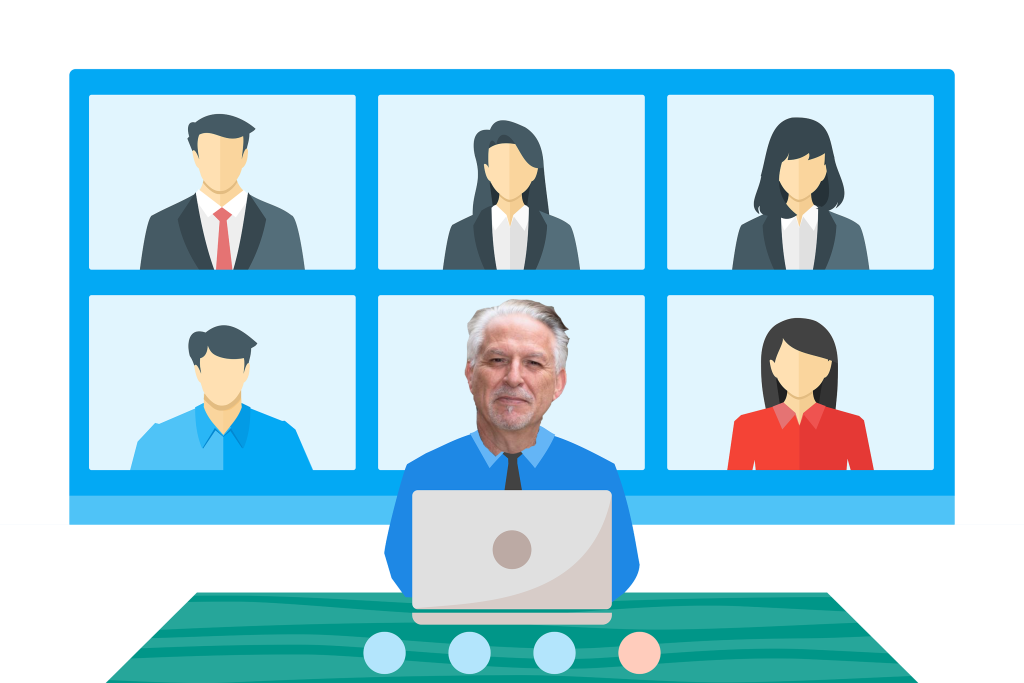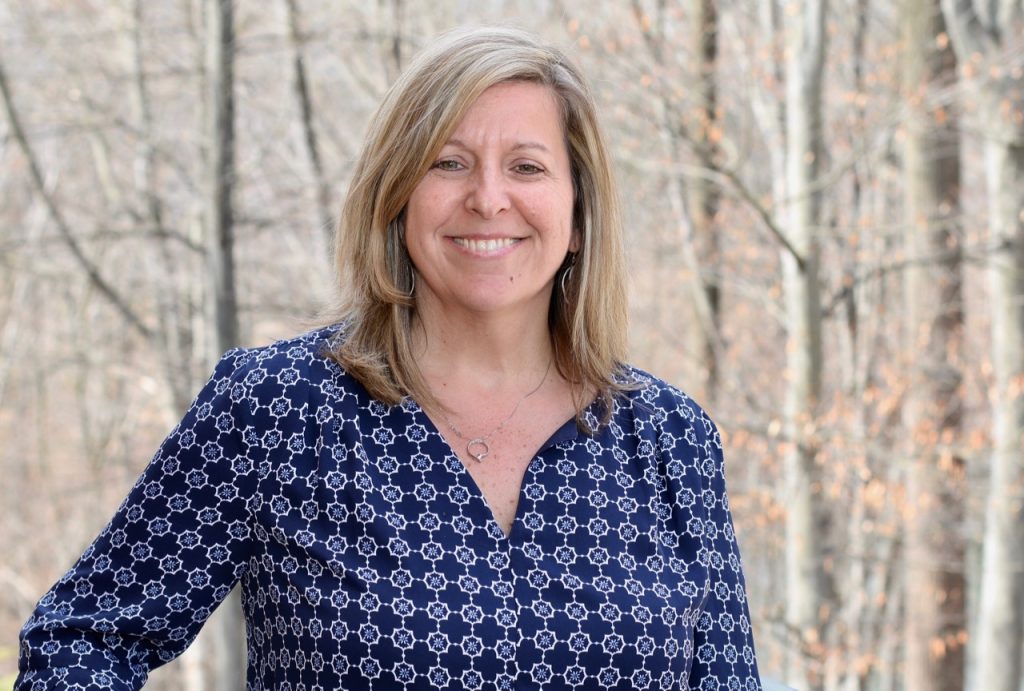As mentioned previously, the foundation has been moving our entrepreneurship programs to the virtual space during the pandemic. One of our board members recently asked what makes these programs so impactful, and our president, Dan Wyant, who was also on the call, pointed to seven reasons. Later, I asked team members to elaborate on these best practices:
1. Behind-the-scenes support — For each virtual event, we assign a “producer,” who plays a two-pronged role: supporting the facilitator and participants. The producer handles all the behind-the-scenes details, such as admitting participants into the meeting, muting and unmuting audio feeds, shepherding participants to and from breakout rooms, posting reference materials on chat — and alerting the facilitator to questions when presenting slides (as the facilitator can’t see the group at that time). The producer also helps participants with technology problems that may crop up, points out Joy Kitamori, our partner relationship manager. “For example, they might suggest such calling in on a phone line if participants are having trouble with their computer audio.”
An unexpected benefit, team members who have served as a producer say they’ve gleaned fresh insights from the role. “It’s been a great experience,” says Chris Ryback, assistant director of entrepreneurship. “Being a producer gives me a chance to hear directly from our audience more often — exposure I didn’t have before.”
2. Skillful facilitation — One of the things that make our virtual programs different from webinars is the amount of interaction we build in. Our facilitators are not only presenting content, but also orchestrating discussion among participants. They keep the sessions moving, maintain a high energy level in the room — and make sure that “everyone plays.” It’s a true art form of balancing the delivery of compelling content with facilitation of discussion.
3. Relevant content — We are constantly developing new content, which stems not only from participant feedback, but also from partners. “We look for what our partners need, and bring it to the table,” says Paul Bateson, general manager of external relations. For example, he points to a new virtual roundtable format that focuses on helping second-stagers navigate unexpected challenges and opportunities presented by COVID-19.
To provide context and enable participants to easily go back and review curriculum, marcom manager T.J. Becker has created workbooks for our virtual events. We also have overnight exercises to help participants process information. Although not mandatory, these are highly recommended. Probably 95% of participants complete the exercises, and we’ve gotten excellent feedback, especially by folks who have paired up with a peer to do them.

4. Timing — As Dino Signore, our entrepreneurial education manager, says, “This is not a mind-meld.” It’s important to build in enough time to deliver information. At the same time, we recognize that it’s easy to succumb to Zoom fatigue. For most of our programs, we stick to two-hour sessions spread over the course of three consecutive days. The overnight homework also helps by giving folks a break from the camera while extending their opportunity to learn. When it comes to specific dates, we avoid scheduling virtual programs on Monday mornings or Friday afternoons. Mid-morning and early afternoons seem to be a sweet spot, and one surprise, we’ve found that most people are amenable to working through the lunch hour.
5. Scheduling specialists — Two team members handle scheduling for our events. In addition to coordinating dates and times, they give program participants a laundry list of what technology is needed, confidentiality terms and ground rules. For example, we make it clear that everyone has to be on camera, not just audio. We also ask participants to eliminate distractions in their immediate surroundings so they can be fully present during the program. And depending on how far out the event might be, the schedulers send a series of emails: first a calendar invite, then a Zoom link one week before the event. The day before, they send a final email to make sure participants are still on board. This helps with accountability — and we recognize an entrepreneur’s schedule is in constant flux. “We want to take care of the details so they can get the most out of a program,” says Kelli Saunders, senior executive specialist.
6. Connectivity — Now more than ever, people are craving opportunities for small talk and networking. At the end of virtual retreats, we stay online for 30 minutes in case there are last-minute questions or people just want to hang out. We also utilize Zoom’s breakout rooms to host smaller, more intimate group discussions. For virtual roundtables, we’ve started something we call “progress peers,” where participants are paired up and asked to discuss an assigned topic in between the monthly sessions or go deeper into some issue. Each month, participants have a different progress peer, so they will have met separately with everyone by the end of the roundtable series. The goal is to deepen relationships, and people have been really enthusiastic about this format.
7. Follow-up — This dovetails with connectivity. Our retreat manager, Rita Phillips, sends a follow-up email after each virtual event to thank participants and ask for their feedback. “This also gives us an opportunity to refer participants to other resources or programs that may be relevant,” she points out. For our new American Academy of Entrepreneurs, we plan to meet with groups of mentees and mentors midway through the six-month program to track their progress and pick up on any tweaks that are needed.
Granted, the virtual world can never compare to being at Big Rock Valley (BRV), our 2,000-acre learning campus in Southwest Michigan. Yet we’re excited to be able to bring second-stagers together. (Being an entrepreneur is lonely enough in normal times, let alone during a pandemic.) And as we continue to refine and innovate, we hope to inject a bit more of BRV into our virtual programs. Stay tuned…
(Published Sept. 23, 2020)
